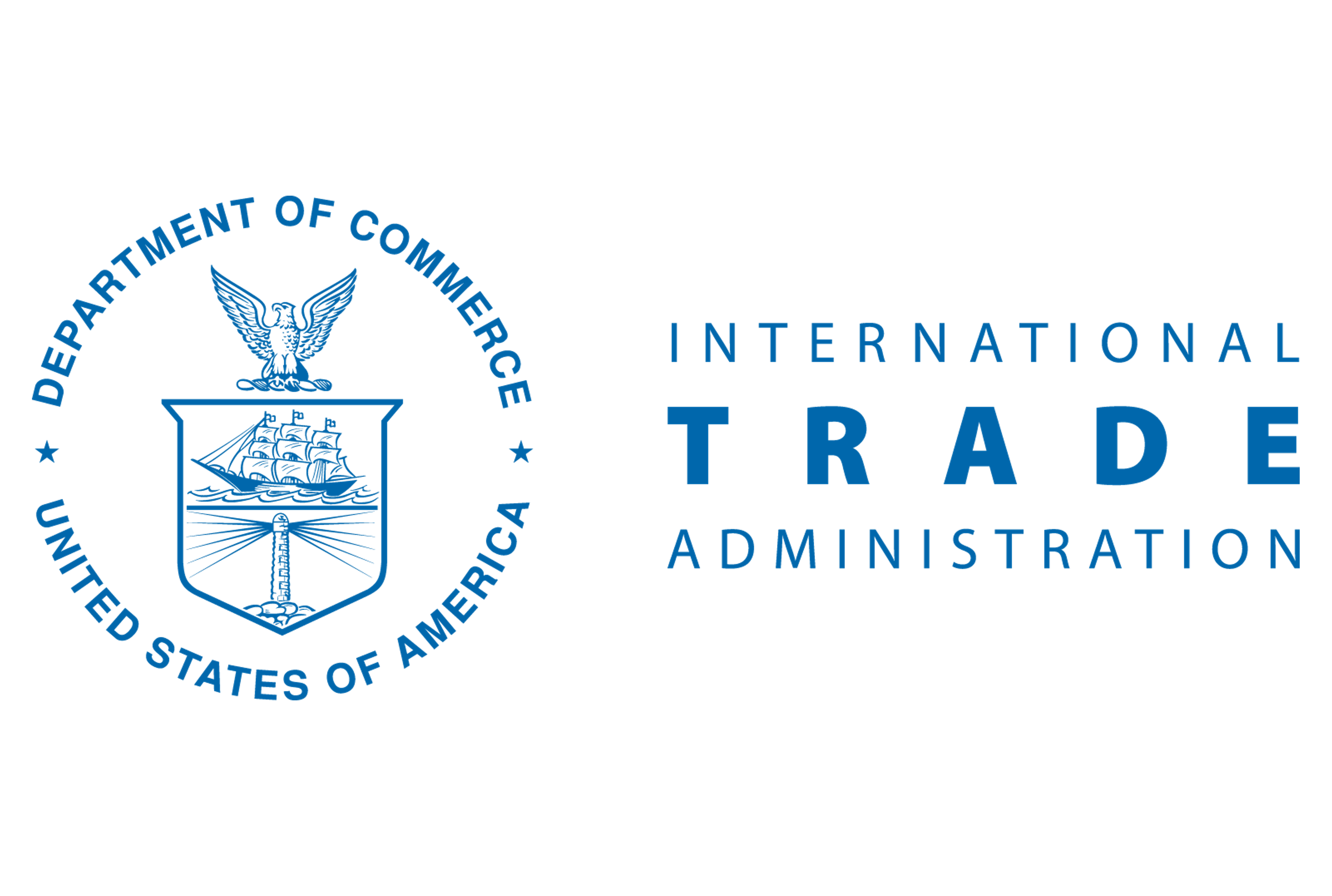Analysis

September 24, 2014
New Home Sales Surge in August
Written by Sandy Williams
Sales of new residential homes in August surged 18 percent from July and 33 percent year over year to a seasonally adjusted annual rate of 504,000, according to Department of Commerce data. The level of sales last month was the highest seen since May 2008.
The median sales price in August was $275,600 and average sales price was $347,900. Approximately 203,000 new homes were for sale at the end of August representing a supply of 4.8 months at the current sales rate.
The jump in new home purchases follows reports of falling sales for previously owned homes and a drop in housing starts and permit authorizations. Mortgage loans also saw a decrease last week creating a mixed outlook for housing. The consensus is that residential housing and construction is growing but is still a long way from full recovery.







